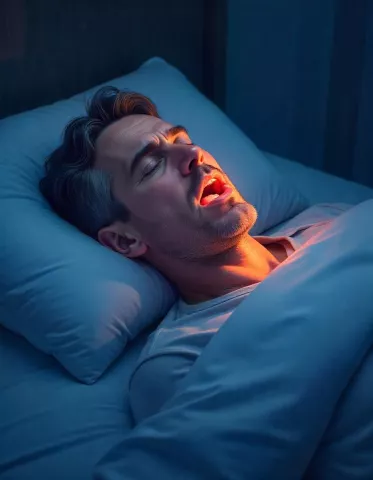Recent research published in the Annals of Thoracic Medicine found fewer symptoms and a milder form of the disease in people with rapid eye movement-related obstructive sleep apnea (REMeOSA). This condition affects 2.68% of Saudi Arabian patients and is seen more in exclusive positional OSA (e-POSA).
The study's purpose was to determine the traits and prevalence of REMrOSA among Saudis, offering new knowledge of this specific OSA phenotype. Obstructive sleep apnea (OSA) was defined as having an apnea-hypopnea index (AHI) ≥5 events per hour.
The study collected data from school employees aged between 30 and 60. It was a two-stage study: 2682 participants were initially screened using questionnaires, and 346 participants were confirmed using polysomnography (PSG).
Researchers used specific criteria such as NREM-AHI <15, REM duration ≥30 min, and a REM-AHI/non-REM (NREM)-AHI ratio ≥2 were used to identify REMrOSA. Further, the prevalence of REMrOSA was estimated using the extrapolation method.
The result demonstrated that 235 out of 346 people assessed with PSG had OSA, with one-third (30.64%) of them having REMrOSA. A greater prevalence was seen in females (38.03%) than in males (27.44%). In Saudi Arabia, 2.68% of the population had REMrOSA, more commonly in men (3.5%) than in women (1.93%). Those with REMrOSA had a lower arousal index, AHI, and Epworth Sleep Scale Score than those with non-REMrOSA.
There is a 2.7 times higher likelihood of having REMrOSA. in patients with exclusive positional OSA (e-POSA).

